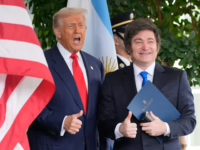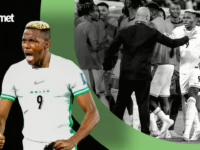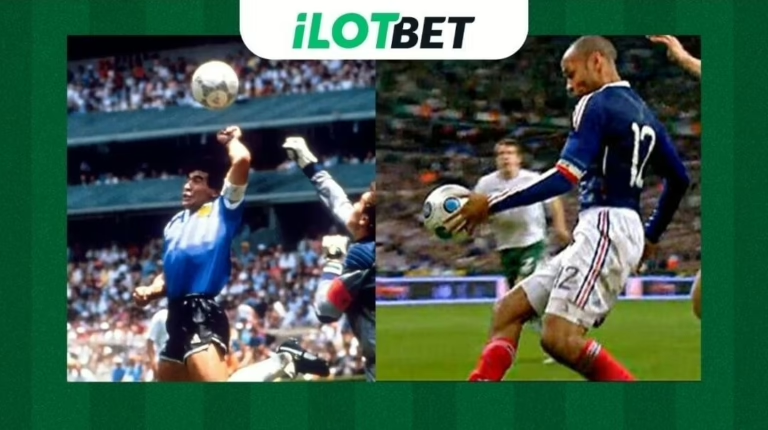Some goals are etched in memory for their sheer brilliance; others stand out due to their critical impact. Yet, a select few have transcended the scoreboard, sparking fundamental changes in football’s regulations. These pivotal moments compelled FIFA and IFAB to rethink and revise the rules of the game.
From Diego Maradona’s notorious “Hand of God” that ignited outrage in the 1986 World Cup, to Thierry Henry’s controversial handball that dashed Ireland’s hopes in 2009, football’s legacy is dotted with goals so contentious they triggered sweeping rule reforms.
In this feature, we explore the landmark goals that reshaped football’s laws forever.
- Diego Maradona – “The Hand of God” (Argentina vs England, 1986 World Cup)
Arguably the most infamous goal in football lore, Maradona’s “Hand of God” during the 1986 World Cup quarterfinal against England remains a defining moment of controversy. Leaping alongside goalkeeper Peter Shilton, Maradona used his left hand to guide the ball into the net. With no VAR or instant replay technology available, the referee’s decision to allow the goal stood despite protests.
This incident exposed the limitations of officiating at the time and became a catalyst for future technological advancements. Maradona’s own words-claiming the goal was scored “a little with the head of Maradona and a little with the hand of God”-only added to the mystique. Ultimately, this moment accelerated the push towards video-assisted refereeing, ushering football into the digital era.
- Thierry Henry – “The Hand of Frog” (France vs Ireland, 2009 World Cup Qualifier)
For Irish fans, this match remains a painful memory. In a crucial 2010 World Cup qualifier, Thierry Henry illegally controlled the ball with his hand before assisting William Gallas for the winning goal in extra time. The referee missed the infringement, allowing France to qualify and leaving Ireland heartbroken.
The worldwide backlash was immense, with calls from players, analysts, and even political figures urging FIFA to adopt technology capable of reviewing such incidents. Although initially hesitant, FIFA’s eventual acceptance of video replay systems, including VAR and goal-line technology, was heavily influenced by this controversy.
- Geoff Hurst – The Disputed Hat-Trick Goal (England vs West Germany, 1966 World Cup Final)
During extra time in the 1966 World Cup final, Geoff Hurst’s shot struck the crossbar, bounced down near the goal line, and then out. After consulting his linesman, the referee awarded the goal, giving England the lead en route to a 4-2 victory. To this day, debate persists over whether the ball fully crossed the line.
This contentious goal laid the groundwork for the development of goal-line technology. After years of debate, FIFA officially introduced such systems in 2012 to eliminate uncertainty over whether the ball had crossed the goal line.
- Frank Lampard – “The Phantom Goal” (England vs Germany, 2010 World Cup)
Ironically, England suffered a similar injustice 44 years later. Lampard’s shot against Germany clearly crossed the line after hitting the crossbar, but the goal was not awarded. Television replays confirmed the ball had crossed by several inches.
This high-profile error embarrassed FIFA and hastened the adoption of goal-line technology. Within three years, systems like Hawk-Eye and GoalControl became standard in major competitions. Lampard’s disallowed goal was the tipping point that propelled football into the modern technological age.
- Kylian Mbappé – “The Offside Loophole” (France vs Spain, 2021 UEFA Nations League Final)
Mbappé netted the winning goal despite being offside at the moment the ball was played. The referee ruled that a slight touch by Spain’s Eric García “reset” the phase of play under the existing offside interpretation.
This sparked renewed debate over the balance between the letter and spirit of the offside law. UEFA subsequently requested IFAB to revisit the offside rule, leading to clearer guidelines on “deliberate play” by defenders, ensuring accidental touches wouldn’t unfairly penalize attackers.
- Nani and Cristiano Ronaldo – “The Disallowed Goal” (Portugal vs Spain, 2010 Friendly)
In a friendly match, Ronaldo expertly lobbed goalkeeper Iker Casillas, and as the ball neared the line, Nani tapped it in from an offside position. The goal was ruled out, prompting Ronaldo’s visible frustration. Though the stakes were low, this incident highlighted confusion surrounding “active” versus “passive” offside interpretations.
Such moments influenced refinements to Law 11 (Offside), clarifying when a player in an offside position is deemed to be interfering with play or an opponent.
- Michael Oliver’s VAR Penalty – Juventus vs Real Madrid (2018 UCL Quarterfinal)
While not a goal itself, Cristiano Ronaldo’s last-minute penalty awarded after a VAR review against Juventus marked a turning point in football officiating. Despite Gianluigi Buffon’s vehement protests and the ensuing global debate, VAR’s role was solidified.
This event symbolized a new era where technology enhanced transparency and fairness. Since then, VAR has become integral to top-tier matches, reducing reliance solely on human judgment.
- Luis Suárez – “The Hand That Saved Uruguay” (vs Ghana, 2010 World Cup)
In a dramatic World Cup quarterfinal, Luis Suárez deliberately blocked a goal-bound shot with his hand in the dying moments of extra time, preventing Ghana from scoring a historic semi-final goal. He was sent off, but Ghana’s Asamoah Gyan missed the subsequent penalty, allowing Uruguay to advance.
Though the rules were correctly applied, the ethical debate was intense. This incident prompted IFAB to review handling offenses and ‘denial of goal’ scenarios, influencing clearer guidelines on red card sanctions and penalty awards under Law 12 (Fouls and Misconduct).
- The Back-Pass Rule (World Cup 1990 & Euro 1992)
Not linked to a single goal, the back-pass rule emerged from frustration during the 1990 World Cup, where goalkeepers like Peter Shilton frequently picked up deliberate back-passes to waste time. By Euro 1992, this tactic had slowed the game to a crawl.
FIFA responded by banning goalkeepers from handling intentional back-passes, resulting in a faster, more dynamic, and entertaining style of play.
- Marco van Basten’s Offside Ambiguity (Euro 1988)
Marco van Basten’s positioning during UEFA Euro 1988 raised questions about what constituted “active involvement” in play. At the time, any player in an offside position was penalized, regardless of their participation. His case, among others, led IFAB to clarify that offside only applies if a player interferes with play.
This adjustment in the 1990s revolutionized attacking football, fostering more fluid and exciting offensive strategies.
Join millions of passionate fans turning their football knowledge into winning bets every week. Sign up now at iLOTBET, place your wagers, and become part of football’s unfolding history!





















